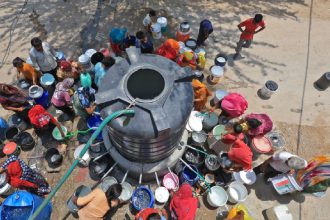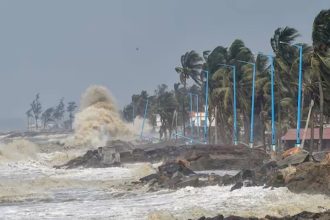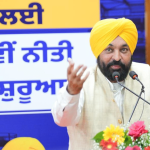New Delhi: In the wake of the recent terrorist attack in Pahalgam and subsequent ceasefire violations along the Line of Control (LoC), residents of border villages in Jammu are taking precautionary measures by cleaning and preparing their underground bunkers. These bunkers, constructed during Prime Minister Narendra Modi’s tenure and colloquially known as “Modi bunkers,” are being readied to provide shelter in case of further escalations.
In border villages like Salotri and Karmarha, residents are cleaning and stocking government-built bunkers to protect against potential escalations. “We are preparing for safety after the recent firing and Pahalgam attack,” said a Salotri resident inside a bunker. “We want a permanent solution with Pakistan.”
Villagers along the International Border (IB) and LoC have been advised by security agencies to expedite the harvesting of their crops and to ensure their bunkers are functional. Many residents, recalling past instances of cross-border shelling, are taking these warnings seriously. “We hope for peace, but we must be prepared,” said a resident from the Arnia sector.
The April 22 Pahalgam attack in which 26 civilians were killed by terrorists linked to The Resistance Front has heightened fears.
What are Modi bunkers?
The term “Modi bunker” is commonly used for the underground shelters built along the Line of Control (LoC) to protect people from cross-border firing. These bunkers were mostly constructed during Prime Minister Narendra Modi’s second term as part of a major government effort to keep border residents safe.
In the past, the government has given money and technical help to build both private and community bunkers in high-risk areas like Poonch and Rajouri. In 2021, officials said about 8,000 bunkers had been built along the LoC and the International Border (IB) in Jammu province. The Centre had first approved 14,460 bunkers across five districts — Jammu, Kathua, Samba, Poonch, and Rajouri — and later added 4,000 more to cover more vulnerable people.










